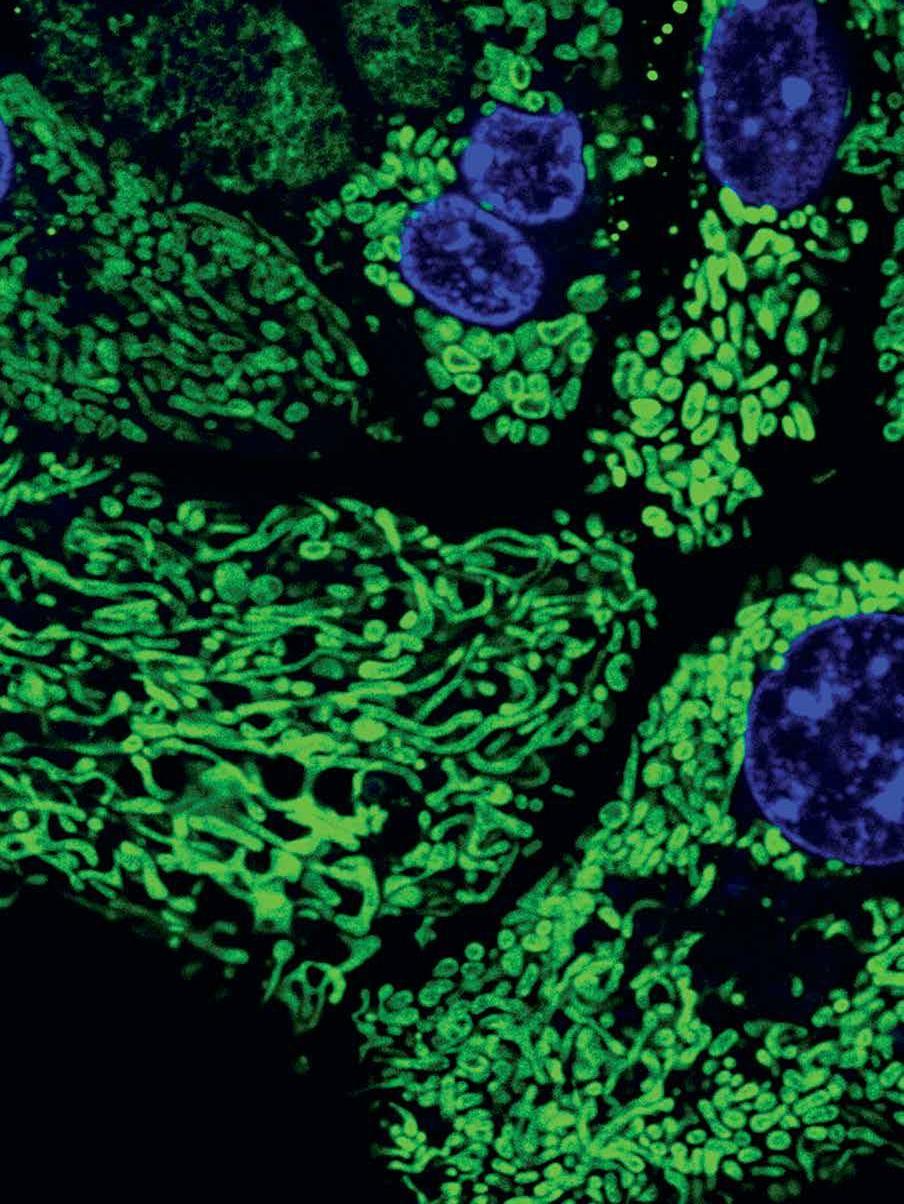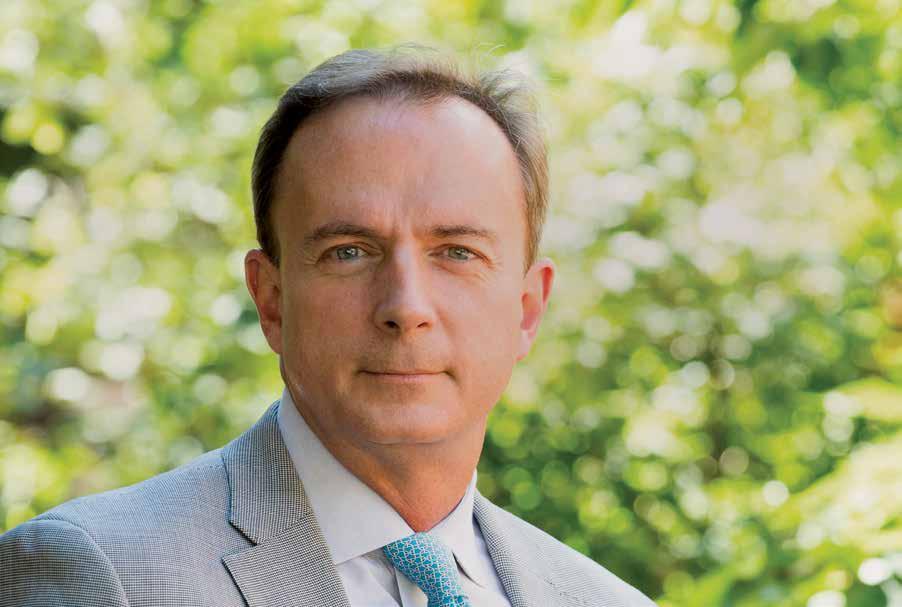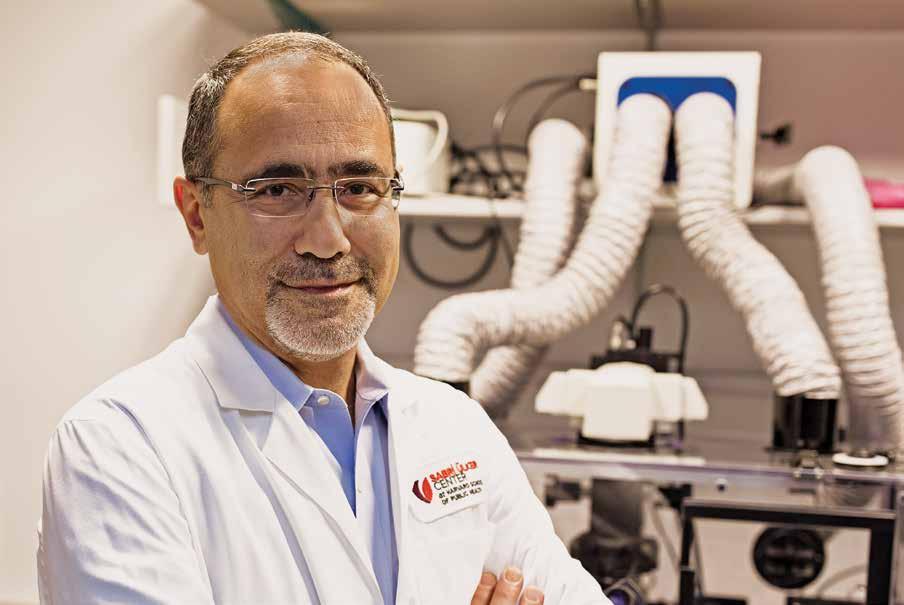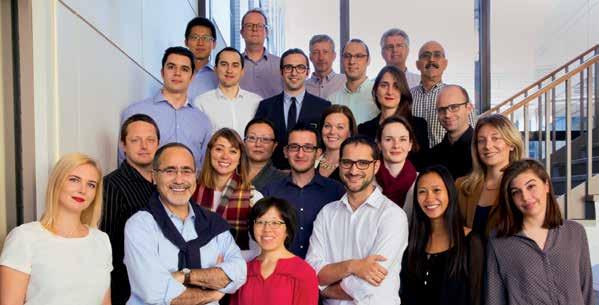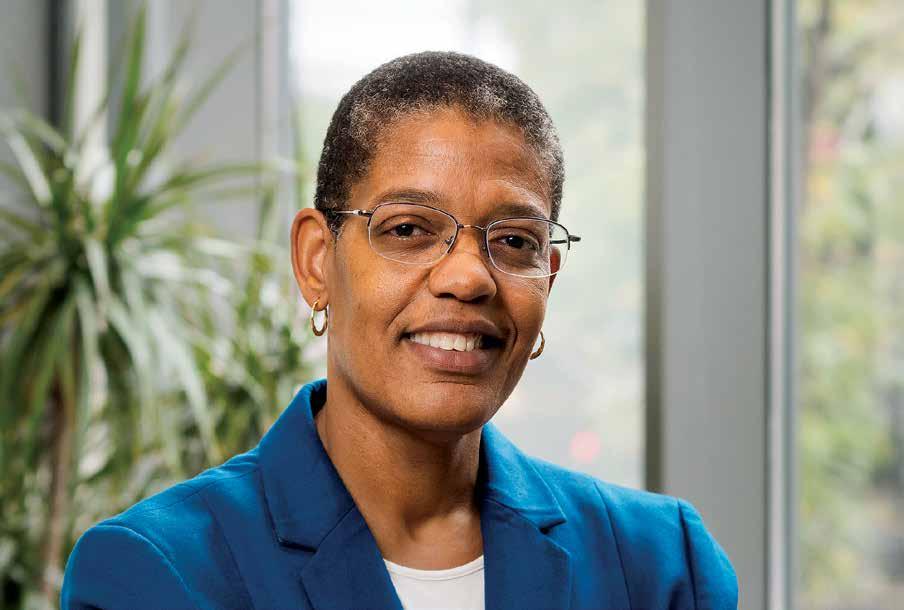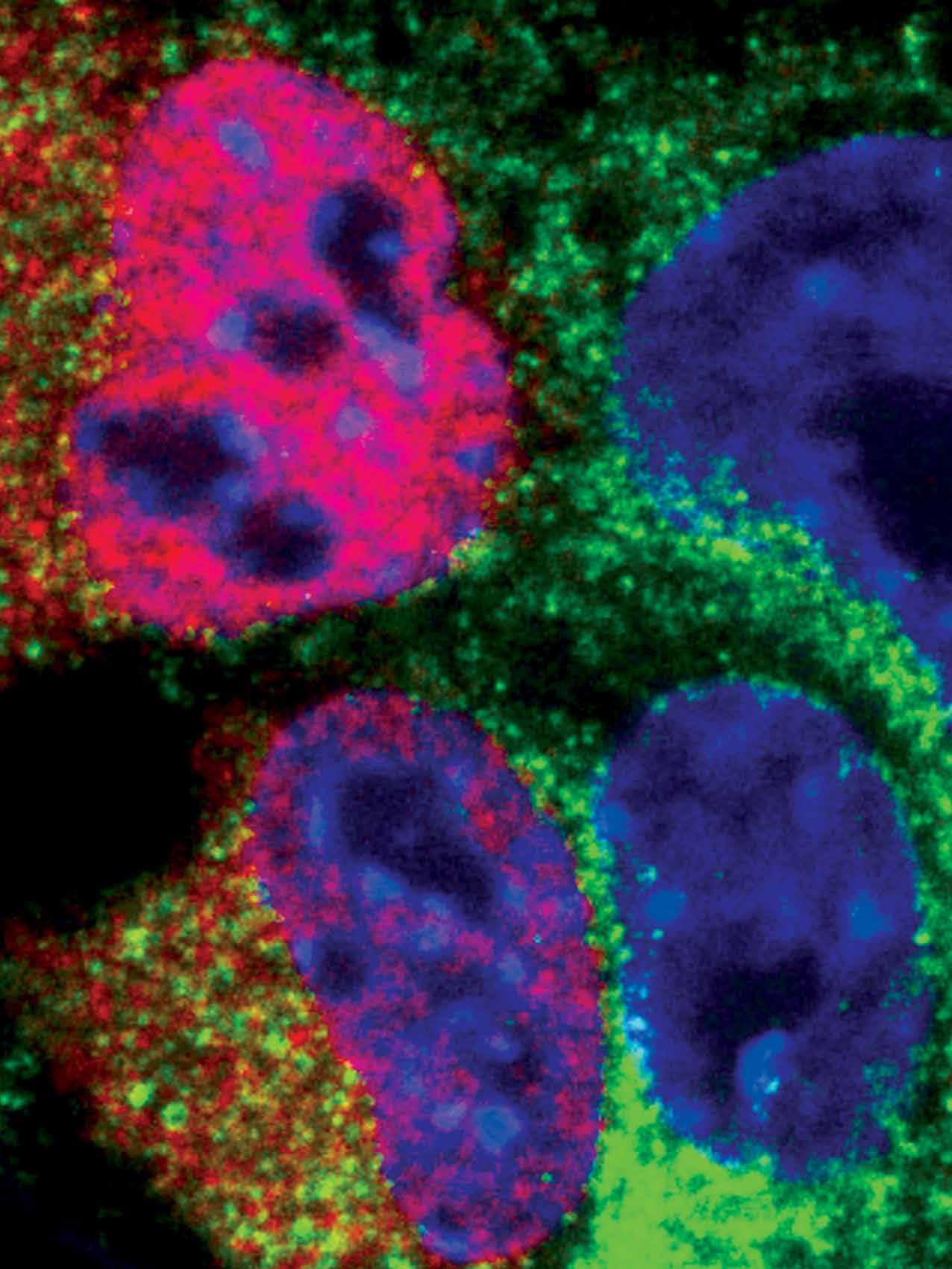
8 minute read
Next Generation of Scientists
Q. Where are you from?
Advertisement
I’m from Oshawa, Ontario, Canada; a city just outside of Toronto. I completed both my bachelor’s and PhD training at the University of Toronto. During my time at the university, I also produced commissioned paintings for individual clients to help pay my tuition and living expenses as I pursued my science degree. I still paint occasionally, though now it is mostly for pleasure. Most of my artistic skills are now used for scientific illustrations, presentation, and figures.
Before joining the Hotamışlıgil lab I completed my PhD in the lab of Dr. Michael Wheeler in the Physiology Department at the University of Toronto, Canada. There I worked primarily on insulin-producing pancreatic beta cells, examining how circulating factors affect insulin biosynthesis and secretion to contribute to the development of Gestational and Type 2 Diabetes.
First and foremost, I was attracted to the diversity of basic science and translational research taking place in the lab. After finishing my PhD I wanted to continue with research in metabolic disease and diabetes while expanding my breadth of knowledge from beta cells to other tissue types. The Hotamışlıgil lab provided the perfect opportunity to diversify my skill set and develop a new perspective on investigating metabolic diseases. In addition, the lab’s industry collaborations and the opportunity to work on a project with direct potential for translation to humans was a significant contributing factor to my decision, as ultimately I hope my work can make a difference in the lives of patients.
I am working on a protein called aP2 that is secreted from fat cells into circulation during periods of fasting and obesity. Previous work from our group and others has shown that reducing aP2 levels, both in humans and rodent models, prevents the development of a wide array of diseases including diabetes and cardiovascular disease. I am currently working to understand how aP2 regulates signaling in diverse tissue types, including beta cells and the liver, to induce metabolic dysfunction, and how we can therapeutically target this signaling.
Q. What is most challenging about your work?
The most challenging part of working in the Hotamışlıgil lab is staying focused on one specific question. In the lab we are incredibly fortunate to have the intellectual freedom and resources to pursue any direction of research we choose within our projects. This facilitates creativity and discovery, but it can also be difficult to focus on one line of questioning when there are so many exciting options, leading to many long days (and nights!).
Q. Where do you see yourself in 5 years?
In 5 years I hope to have an independent faculty position at an academic institution. My goal is to have my own research group investigating circulating factors that affect beta cell function and insulin secretion in health and disease. I hope to gain a greater understanding of nutritional and inter-organ regulation of insulin secretion and identify potential biomarkers and novel therapeutic targets that can help in the prevention and treatment of diabetes.
NEXT GENERATION OF SCIENTISTS
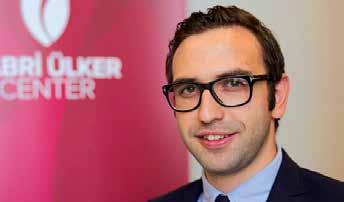
M. FURKAN BURAK, MD Postdoctoral Fellow 2011–2014 Visiting Scientist 2014–present
Q. Where are you from?
I am from Turkey, and graduated from Kocaeli University Medical School.
I started my professional career in the Sabri Ülker Center right after my graduation. During my medical studies, I carried out research on metabolism of NASH (non-alcoholic steatohepatitis) patients.
Q. Why did you decide to join this Center?
I wished to develop my critical and analytical thinking skills, and apply these as a physician-scientist to contribute to human health. I had followed the work of the Hotamışlıgil lab during my studies and was inspired by their work in the area of metabolism. I visited the lab and was really impressed by the lab members’ motivation and joy for science. Dr. Hotamışlıgil was very warm and supportive to lab members. I chose to follow this path and was lucky to be able to join in 2011 as a postdoctoral fellow.
While in the lab, I was involved in the exciting discovery of a new hormone called aP2. This hormone is released by fat cells and increases glucose production in liver contributing to hyperglycemia in diabetes. This finding added to our understanding of obesity-related diabetes and suggested that aP2 could be a novel therapeutic target. We produced antibodies against aP2, and discovered one that decreased fasting blood glucose, improved insulin sensitivity, and decreased fat accumulation in the liver in high fat dietinduced obesity. This finding gave us tremendous hope for translational applications to treat diabetes and fatty liver disease.
Q. What surprised you when you joined the Center?
I was nicely surprised by the collegiality in the lab. It was a great opportunity to work in an environment where I had the luxury to make mistakes, to be independent, to learn without limits, and to contribute to human health. As I progressed through my clinical years, I have continued to work with the Sabri Ülker Center, which has significantly enhanced my career. The collaborative culture in the lab made it possible for me to grow and continue my research.
In our discussions, Gökhan always encouraged me and kept saying: the sky is the limit! Then I realized that every contribution one makes to human health through a scientific discovery will become a little star in the sky that enlightens our world.
Q. Where did you go after you left the Center?
Due to my deep interest in seeing the translational effects of my bench work at the bedside, I started an internal medicine residency at Mount Auburn Hospital, Harvard Medical School. After graduation from residency, I started an endocrinology fellowship at Brigham and Women’s Hospital, where I have continued both my clinical practice and research in the lab. I am always thankful to Gökhan Hotamışlıgil for this great opportunity and the Ülker family for their generous contributions to our research.
Q. Where do you see yourself in 5 years?
I treat diabetic patients on a daily basis but the Center gave me the opportunity to have an impact both on my individual patients and hopefully more broadly through drug discovery and improved medical therapeutics. I would like to follow my passion and apply the things that I learned from the Center in my own research group, fighting against diabetes and obesity and establishing a clinical metabolic wellness center to translate our discoveries to patients.
NEXT GENERATION OF SCIENTISTS
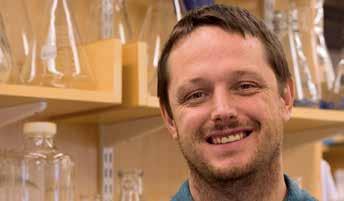
Q. Where are you from?
I was raised on a grain farm in the province of Saskatchewan, part of the prairie lands of Canada.
I was living in Vancouver, Canada, earning a PhD in Physiology at the University of British Columbia. I was studying the mechanism of action of gut-derived hormones called incretins. These hormones have emerged as a powerful class of therapeutics for people with Type 2 diabetes.
One of the reasons I choose the Hotamışlıgil group was because it comprises people with expertise ranging from clinical medicine to basic molecular biology as well as people coming from around 12 different countries and 4 different continents. I enjoy and benefit from being in this kind of intellectually diverse environment. But I think the tipping point for me occurred in a private conversation with Dr. Hotamışlıgil, in which I felt confident that he would be willing to support me pursuing a new line of research rather than expanding upon ongoing projects. I had a strong desire to pursue this more open-ended kind of project.
My interest is in understanding how defense systems in humans and other mammals protect against excess consumption of food, and whether we can make these systems work better to treat disease. In my main project, my colleagues and I are studying how a metabolic factory within the cell, called the endoplasmic reticulum, senses when too much cholesterol has been ingested and how this sensing triggers a set of molecular responses causing cholesterol to be removed from the cell. One exciting aspect of this newly identified defense mechanism is that it seems to be present in all cell types, so we are hopeful that it will have therapeutic implications for a multitude of diseases caused by cholesterol overload.
Q. What surprised you when you joined the Center?
One of my first surprises in the lab was the wealth of access to intellectual and material resources. For many of us who came from labs with limited resources, it is initially quite challenging to know how to take full advantage of this blessing for maximizing scientific progress. Another surprise for me was the degree to which members within the lab were choosing to team up and collaborate in order to solve questions that could not otherwise have been solved by any one individual.
Q. Where do you see yourself in 5 years?
I envision I will be leading an independent research group that is focused on solving important and fundamentally profound biological questions, which nobody else had even thought to ask, and inspiring other scientists to do the same. I hope that I will continue my work in science to make an impact on human life.
Hepa1-6 cells, expressing ‘’Colorful Cell’’ plasmid that targets the following organelles:
Mitochondria – green, Golgi – yellow, ER – red,
Peroxisome – far red, Nucleus –blue
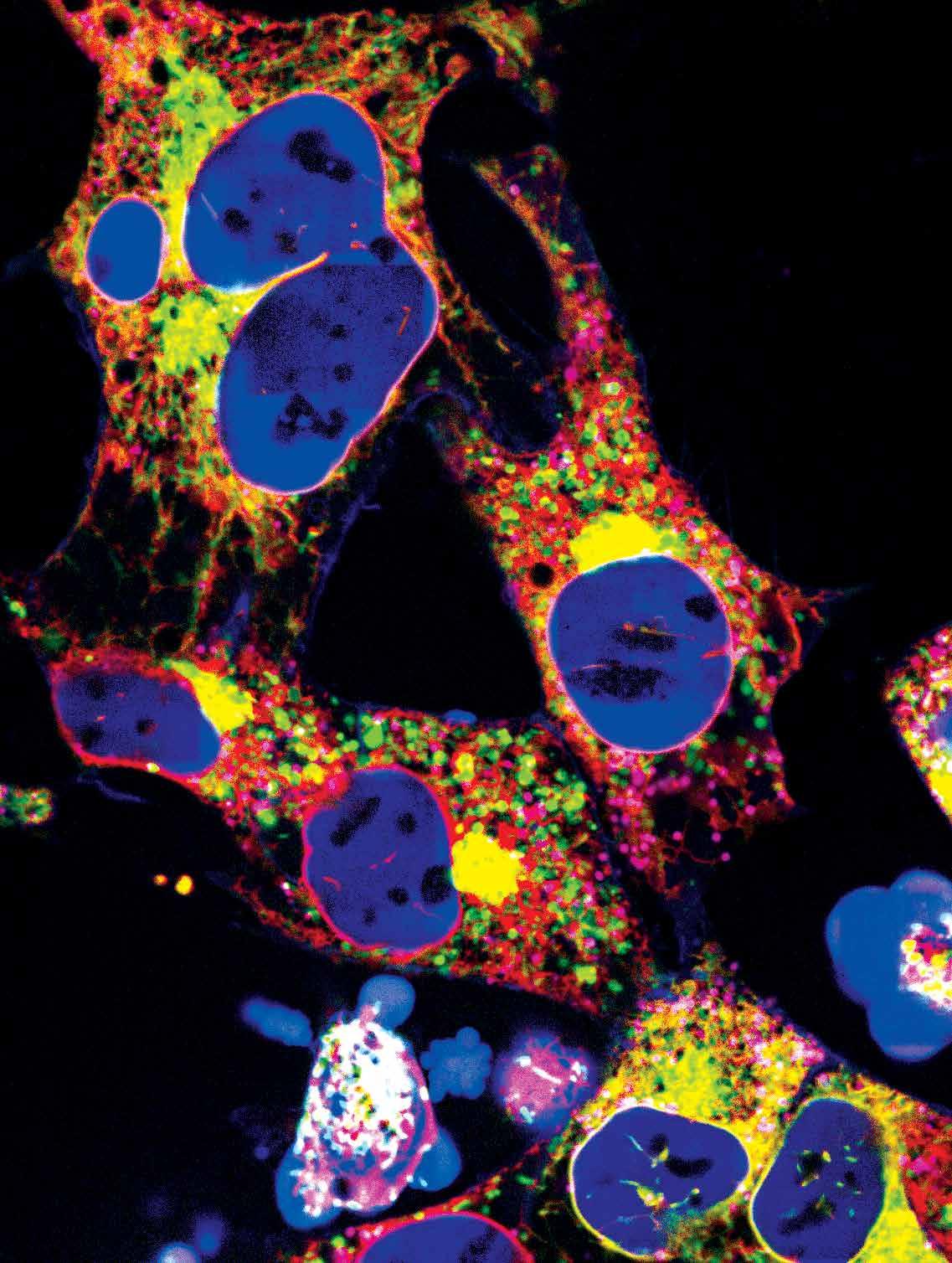
RESEARCH WE ADVANCE KNOWLEDGE THROUGH IMPACTFUL
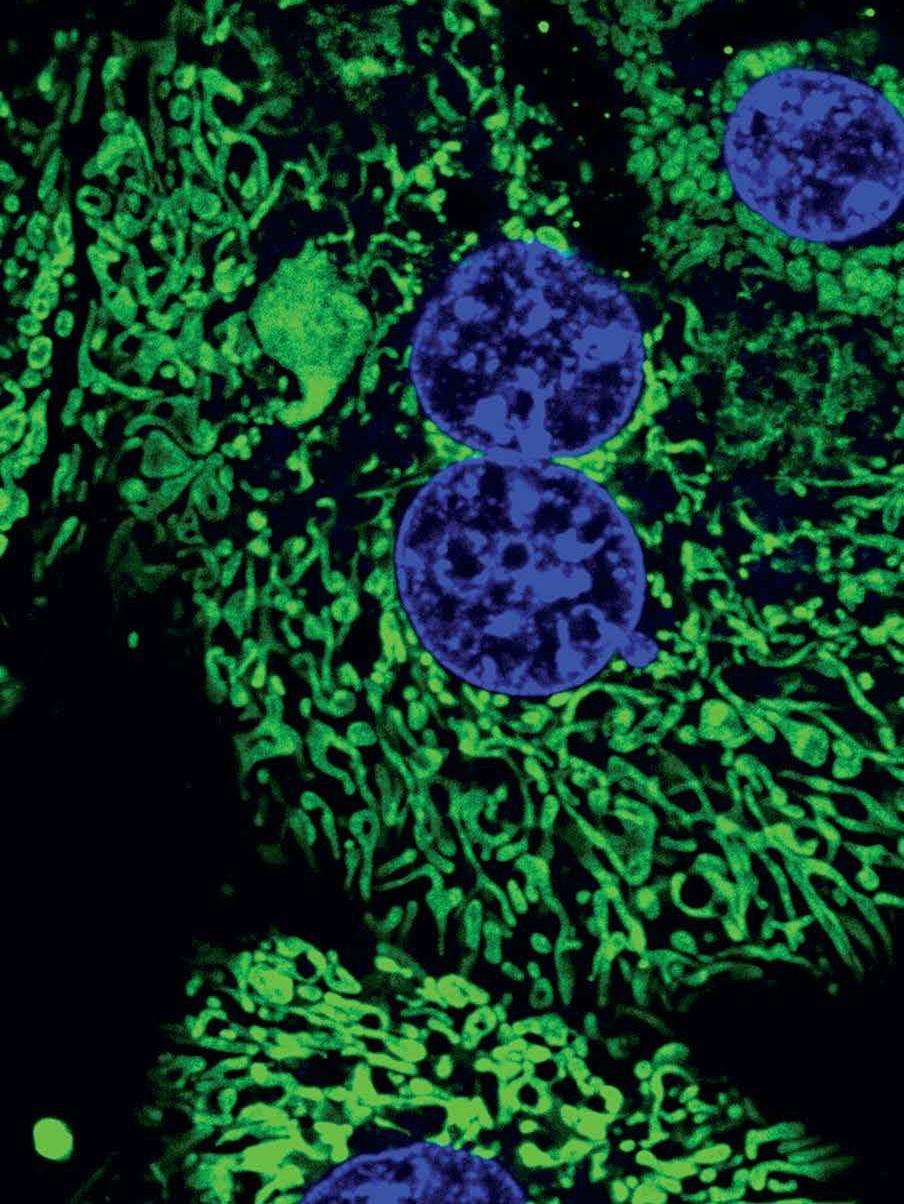
RESEARCH
